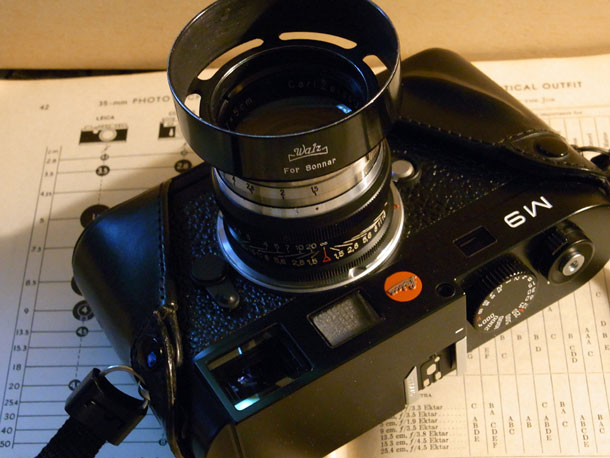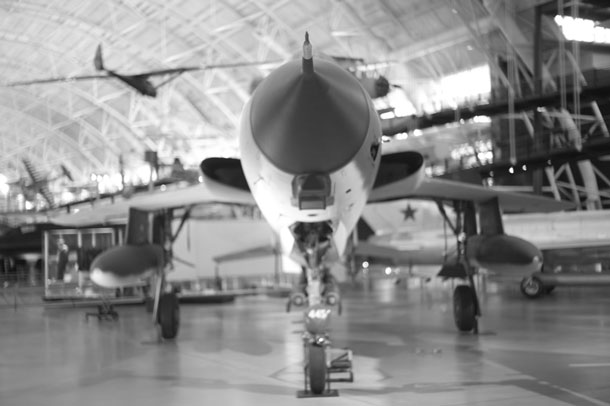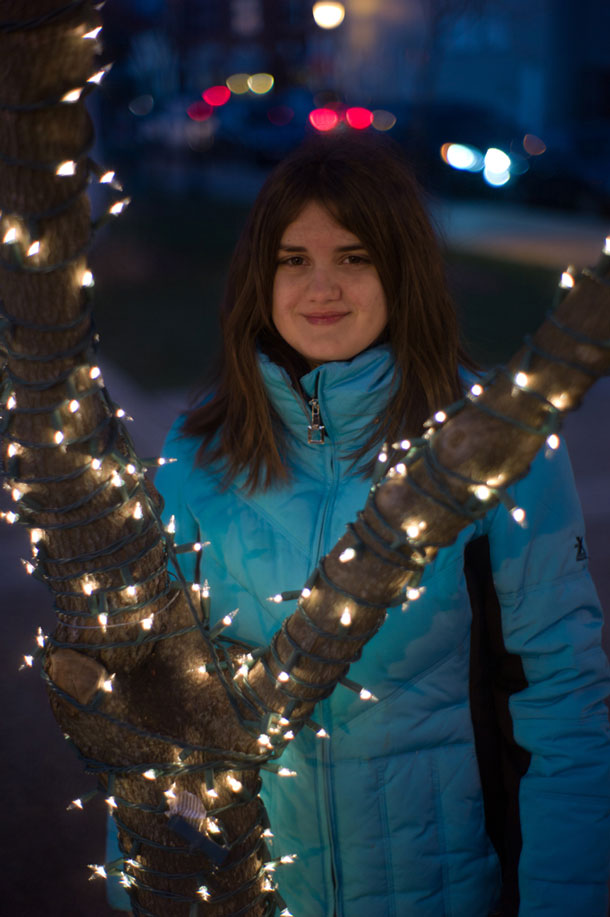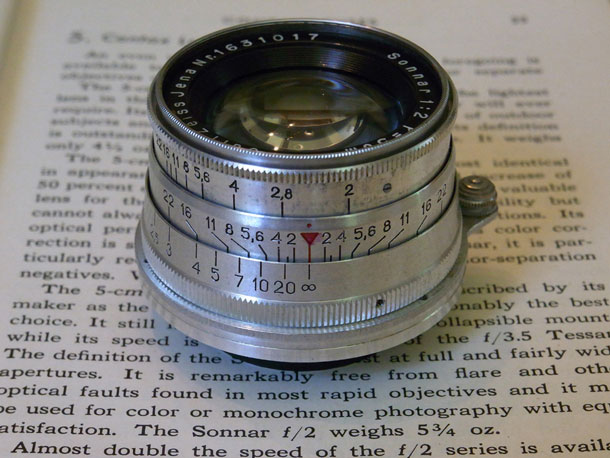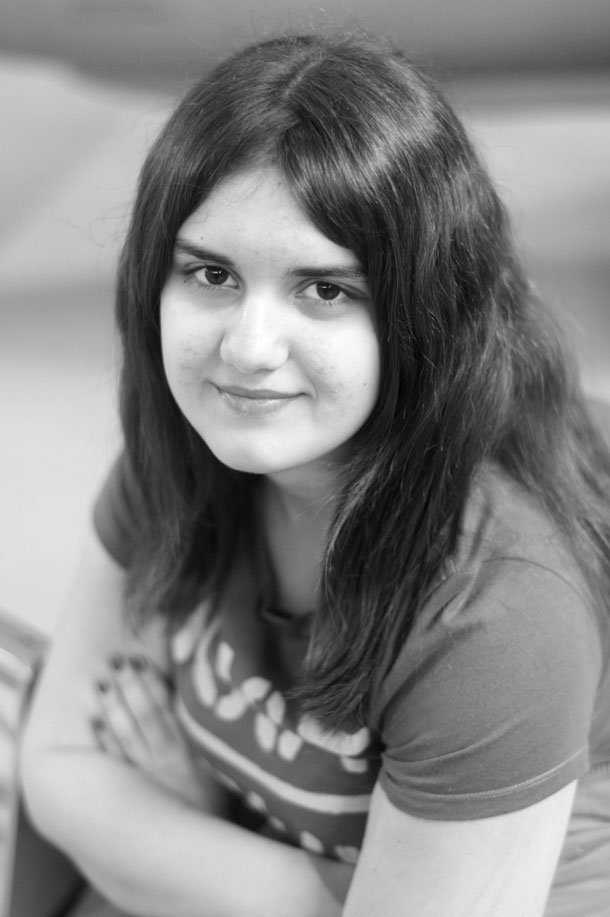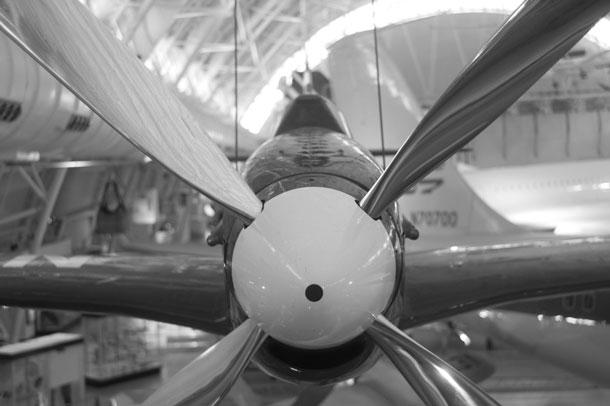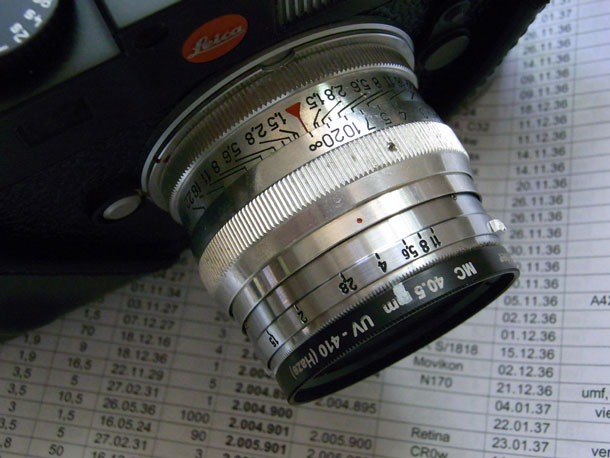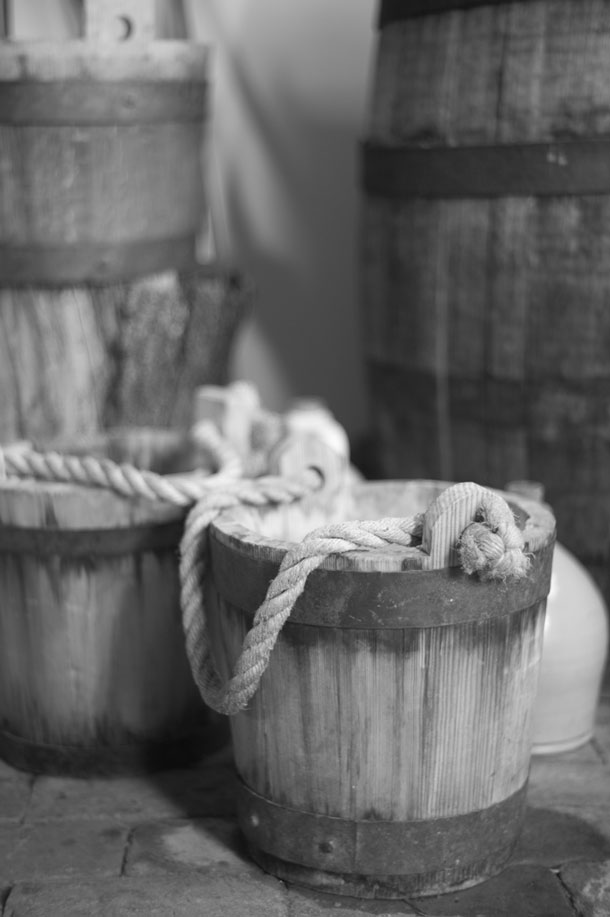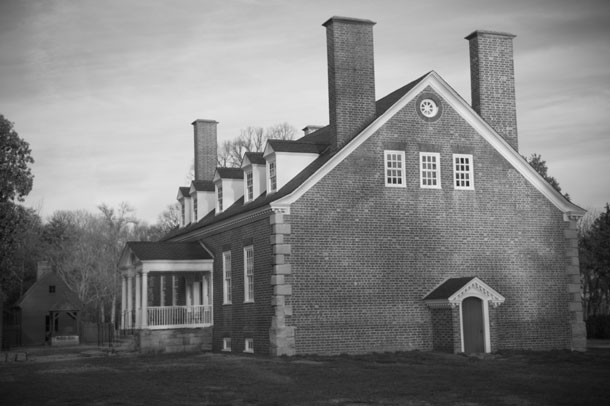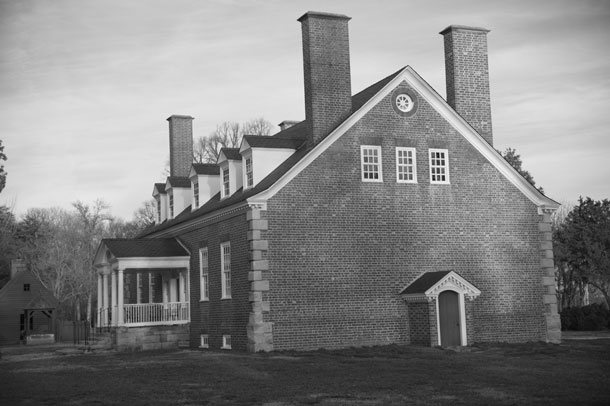By BRIAN SWEENEY
The revival of rangefinder photography in the 21st century has been guaranteed by the availability of the new generation of Leica digital cameras. The Epson RD-1 and Leica M8 opened the digital world to rangefinder enthusiasts. The M9 allowed use of 80 years of rangefinder lenses in the mode that they were intended: full-frame and RF coupled. The M Monochrom, M-E and M Type 240 give options to the rangefinder enthusiast not available to other photographers.
35mm rangefinder cameras made their debut about 80 years ago when Leitz introduced the Leica II and Zeiss debuted the Contax I. Both companies brought out full lines of interchangeable lenses, and dominated the market for 35mm format. The design philosophies of the two companies were very different.
Leitz designers believed that lenses should be highly corrected with small amounts of residual aberration. Their designs made use of double-Gauss optics, lenses with highly symmetric designs. Pairs of similar image-forming optics, placed back-to-back, will cancel out aberrations. Think of two prisms placed back-to-back: the first splits white light into a rainbow, the second prism combines the rainbow back to white light.
The optical pairs are “highly symmetric,” not “completely symmetric.” In the 1920s it was found that introducing a small amount of asymmetry into the symmetric Planar formula lens allowed for much wider apertures. The Summar, Xenon and Summitar of the 1930s were well-corrected for distortion, highly color-corrected and had a reputation for fine resolution. The modern APO Summicron demonstrates the commitment to this original Leitz design philosophy.
Zeiss designers placed more importance on producing a bright image with high contrast. Zeiss designs minimized the number of air/glass interfaces using groups of cemented elements in asymmetric designs. Corrections for flatness of field and geometric distortion were secondary to transmission of light.
The classic Sonnar was the super speed lens of choice of the 30s and 40s. The 5cm F2 Sonnar, introduced in 1931, was six elements in three groups, 1-3-2 configuration. The 5cm F1.5 Sonnar of 1932 was seven elements in three groups, 1-3-3 configuration. Add them up- 6 air/glass interfaces for more transmission of light compared to the ten surfaces of the Leitz 5cm F1.5 Xenon.
The Sonnar is an “asymmetric” design: the front section is a telephoto design with a focal length about 2.5x the overall focal length of the lens, the rear section is about the same as the final focal length. This gives the Sonnar a compact design, and unique blend of “perfect imperfections.”
The mechanical construction of both lenses was greatly improved in 1934, added a 40.5mm filter ring and a much easier to work on mount. Serial number for the improved design starts at “about” 1.6 million. If it has a filter ring, it’s the new design. Zeiss started coating optics in 1936 to further increase optical transmission. Coated and uncoated lenses were produced concurrently.
Finding an original Carl Zeiss Jena Sonnar in Leica mount is difficult, at most a couple of thousand were made during World War II and in the years following World War II. These lenses are often found in “rough” condition, metal alloys were used rather than heavy brass and nickel. Many were put together after the war, as the factories were being rebuilt or relocated.
If you find a good one, be prepared to pay as much for it as you would a new Zeiss C Sonnar. These lenses are all “T” (for transparent) coated optics. Zeiss did a trial run of 50 or so 5cm F1.5 ncoated Sonnars in 1933: collector items.
Pre-war Contax mount Sonnars are relatively common, and can usually be found at a reasonable price. I suspect the F1.5 lens used different glass from the F2. The F1.5 lenses that I’ve bought generally clean to crystal clarity, the F2 lens is more like the Summar- typically seen with cleaning marks and scratches.
Look for an F2 Sonnar that has been used with a filter, or skip it and go for the F1.5. The 5cm Contax mount lenses are “internal mount,” they use the helical built into the camera body of the Contax. Lenses with a red “T” are coated. Zeiss produced coated and uncoated lenses starting in 1936. By 1939, most were coated.
Amedeo sells beautifully made adapters that allow use of internal and external Contax mount lenses on the Leica. I use two of them for Nikon S mount and post-war Zeiss Opton lenses on my Leica. On the pre-war Carl Zeiss Jena lenses, I found that the optics module of the 1934 and later F1.5 lens fit into a Russian Jupiter-3 focus mount and the F2 optics module fit into a J-8.
The F2 lens is similar, except the aperture ring of the J-8 must be used in place of the “winged” aperture ring of the Sonnar. So I end up with an uncoated lens designed with a slide-rule over 80 years ago on a 21st century digital camera. The results? I’m always amazed at the performance of these Sonnars.
Sonnars render images differently due to their asymmetric design. The uncoated Sonnars have less contrast and muted colors compared to their coated counterparts. The 80-year-old design is not as sharp as the modern C Sonnar. Some work is required to adapt them to Leica mount. They are not for everyone, but if you want a classic look that’s hard to capture — they might be for you.
